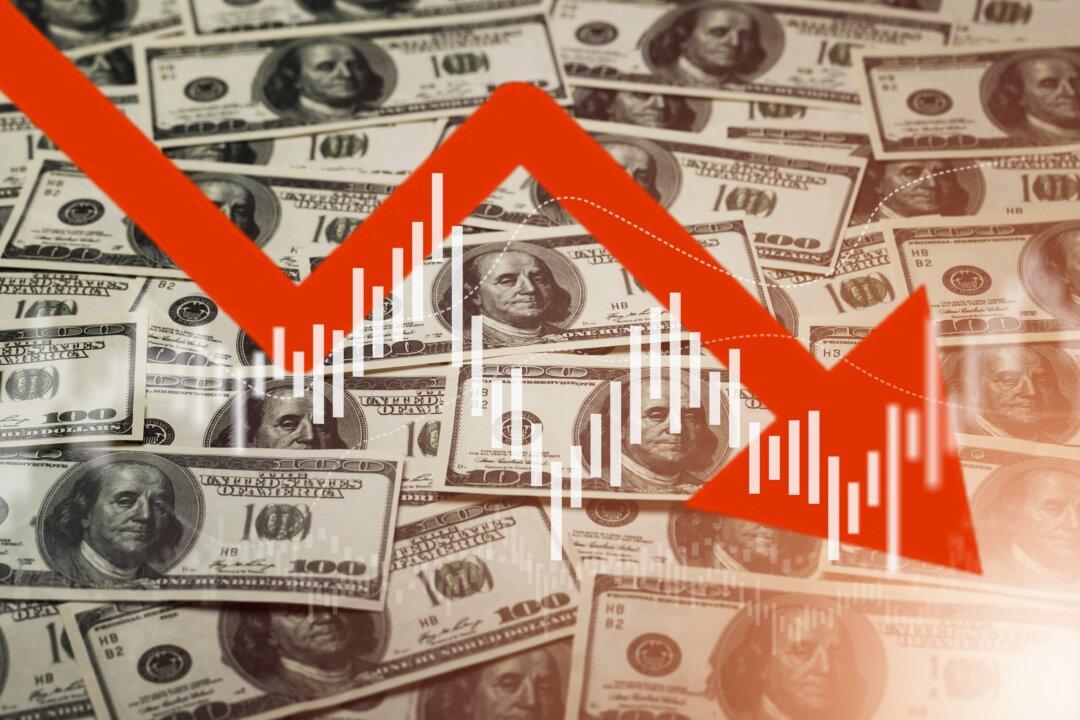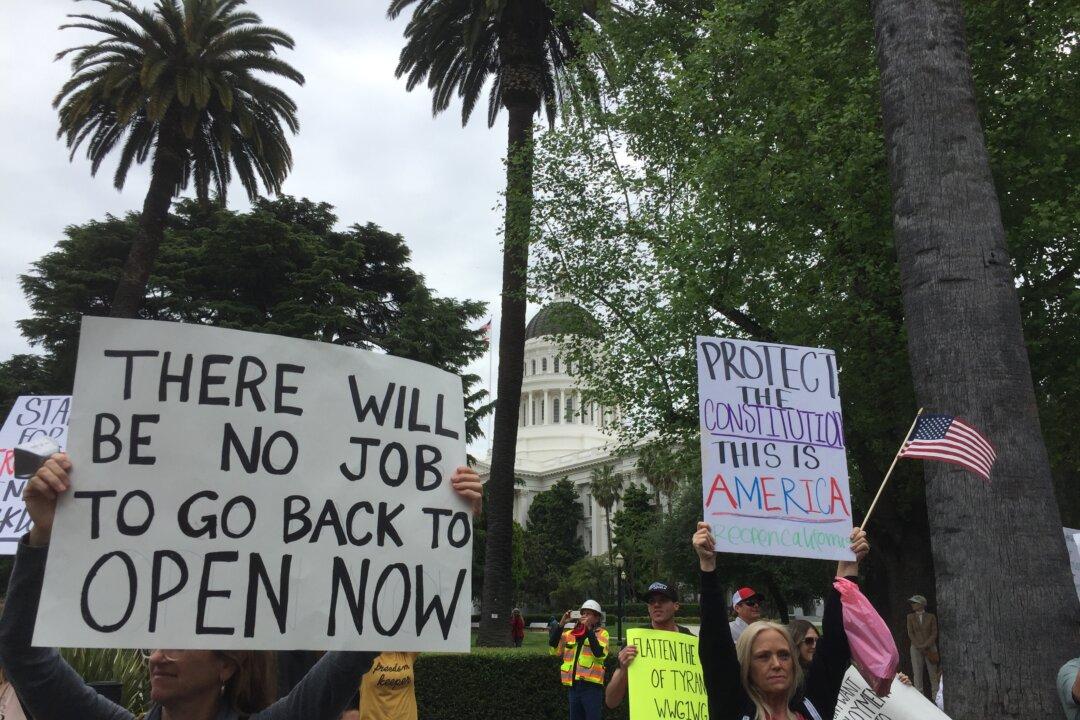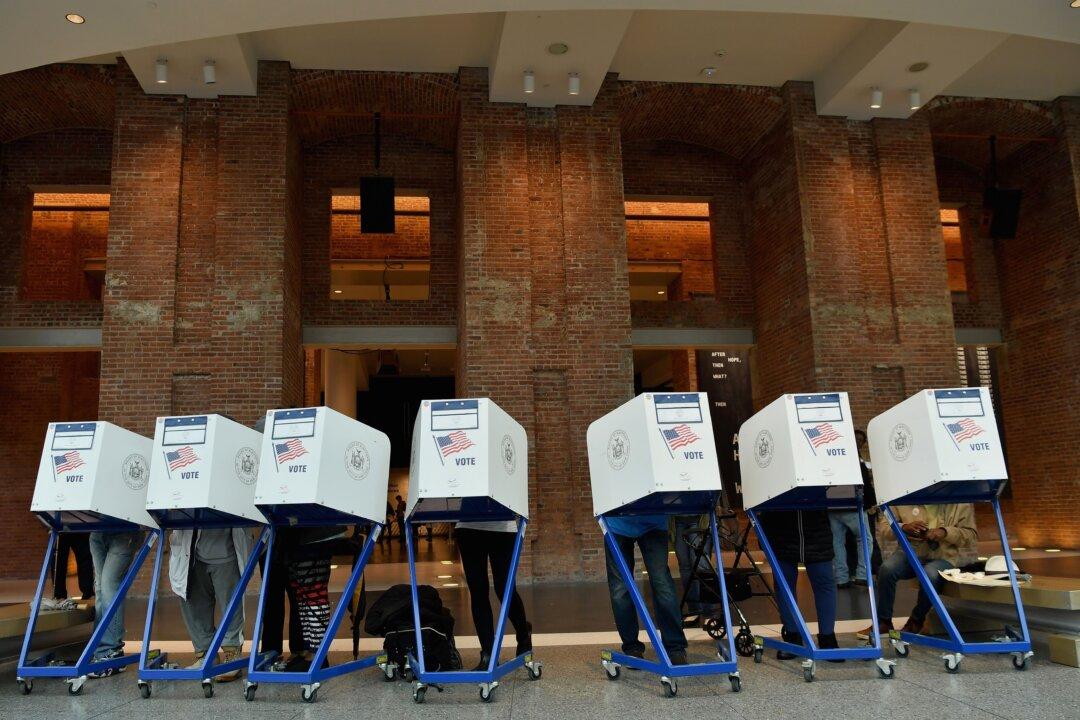Commentary
Whenever the interest rate spread between the long 10-year T-Bond and the short 90-day T-Bill has turned negative, it has invariably been followed by a recession. Yet, in spite of the fact that the interest rate spread has been negative for 18 months—the longest in history—there’s been no recession. What happened?






